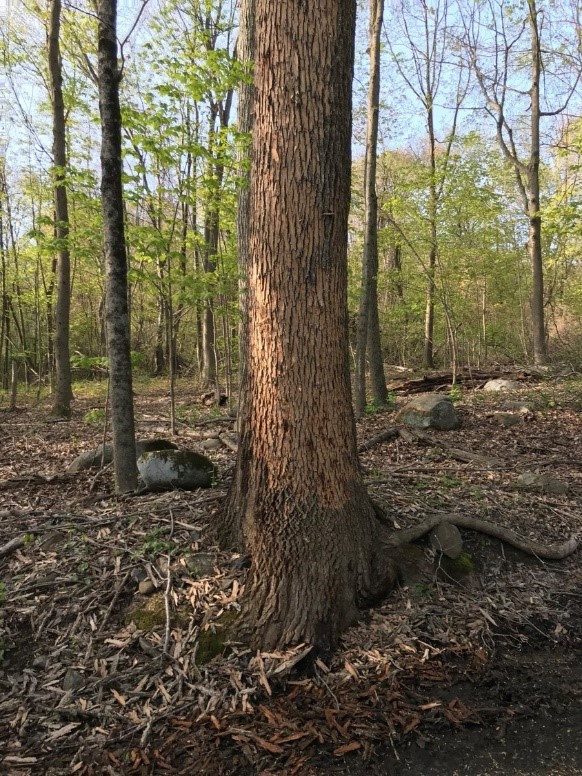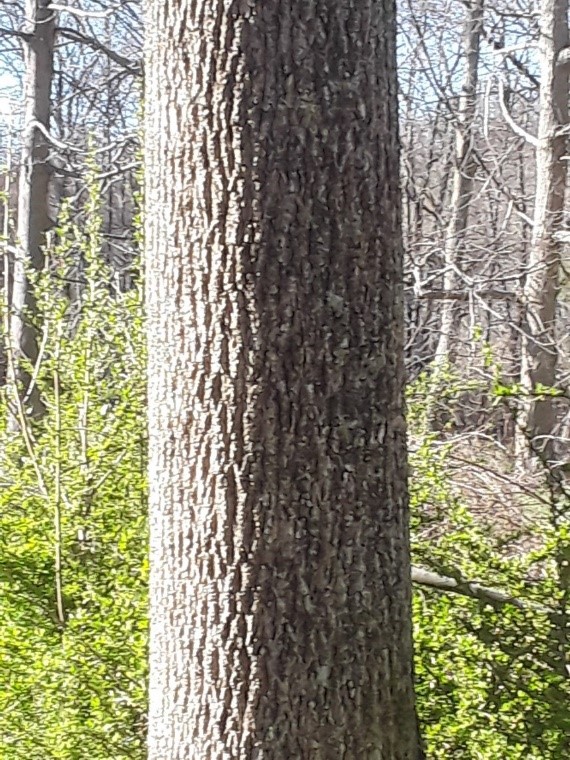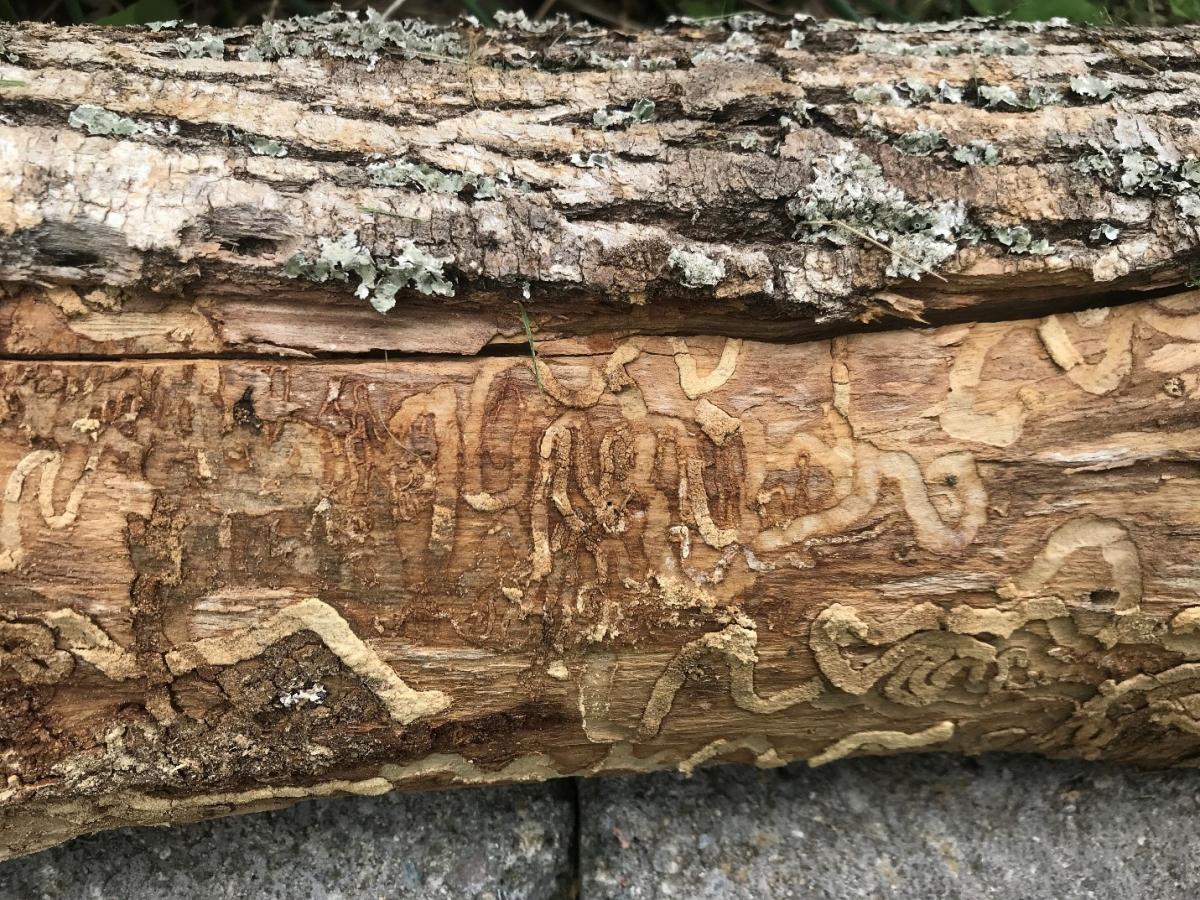Emerald Ash Borer Biocontrol Released in Lebanon
Emerald Ash Borer Biocontrol Released in Lebanon
By Emery Gluck, Lebanon Conservation and Agriculture Commission
Emerald Ash Borer (EAB), a pest from Asia, was initially found in Michigan in 2002. It has been killing countless trees in 36 states. Lebanon’s rich soils support many ash trees, which are infested or soon to be infested with EAB.
On May 29th, Dr. Claire Rutledge of the Connecticut Agricultural Experiment Station and Zach Brown of the U.S. Department of Agriculture’s Animal and Plant Health Inspection Service (APHIS) released 1,600 parasitoids (tiny stingless wasps) that feed on EAB larvae or inject its eggs into EAB eggs. The parasitoids are native to China, where they have been able to keep EAB populations in check. APHIS does extensive research for negative impacts before they approve non-native bio-controls.
The Lebanon site, one of three locations chosen in the state this year, is on private forestland off Randall Road. Additional parasitoids will be let go at the sites every two weeks through October in 2019 and then again in 2020. Dr. Rutledge will evaluate the effectiveness of the spreading of the parasitoids through 2024.
Though the parasitoids have spread well in other locations, they are not expected to significantly reduce ash mortality as they are currently impossibly outnumbered and it only takes EAB a few years to kill its’ victims. The strategy is to protect enough ash that they can reproduce a new generation of ash seedling and saplings (which are less susceptible to EAB). This could allow the species to resurge in the future once the killing wave of EAB passes as it is starting to do at earlier release sites in Michigan.
Figure 1 This ash is blonding from woodpeckers flecking off top layer of bark to get to EAB. Notice pieces of bark on the ground. |

Figure 2 Ash with no obvious sign of EAB |

Figure 3 EAB galleries and dead larvae from a white ash off Randall Road. |


